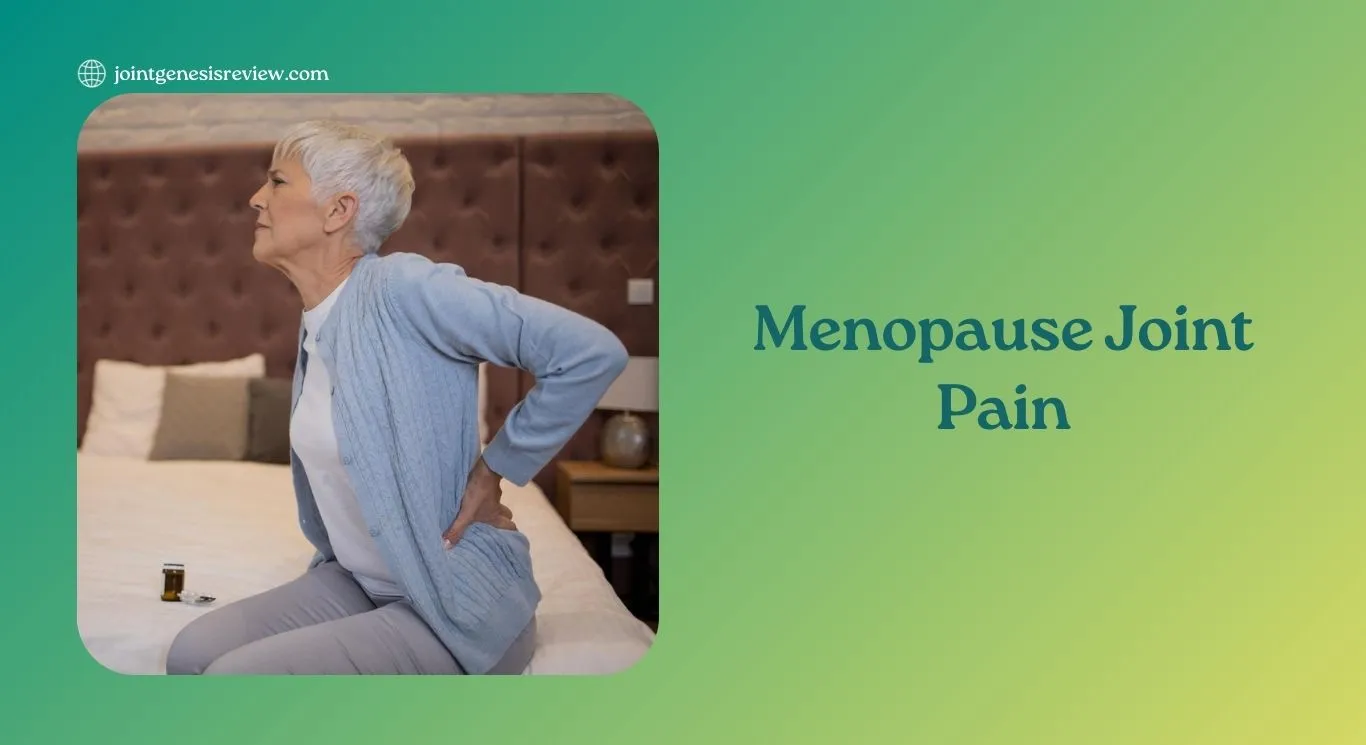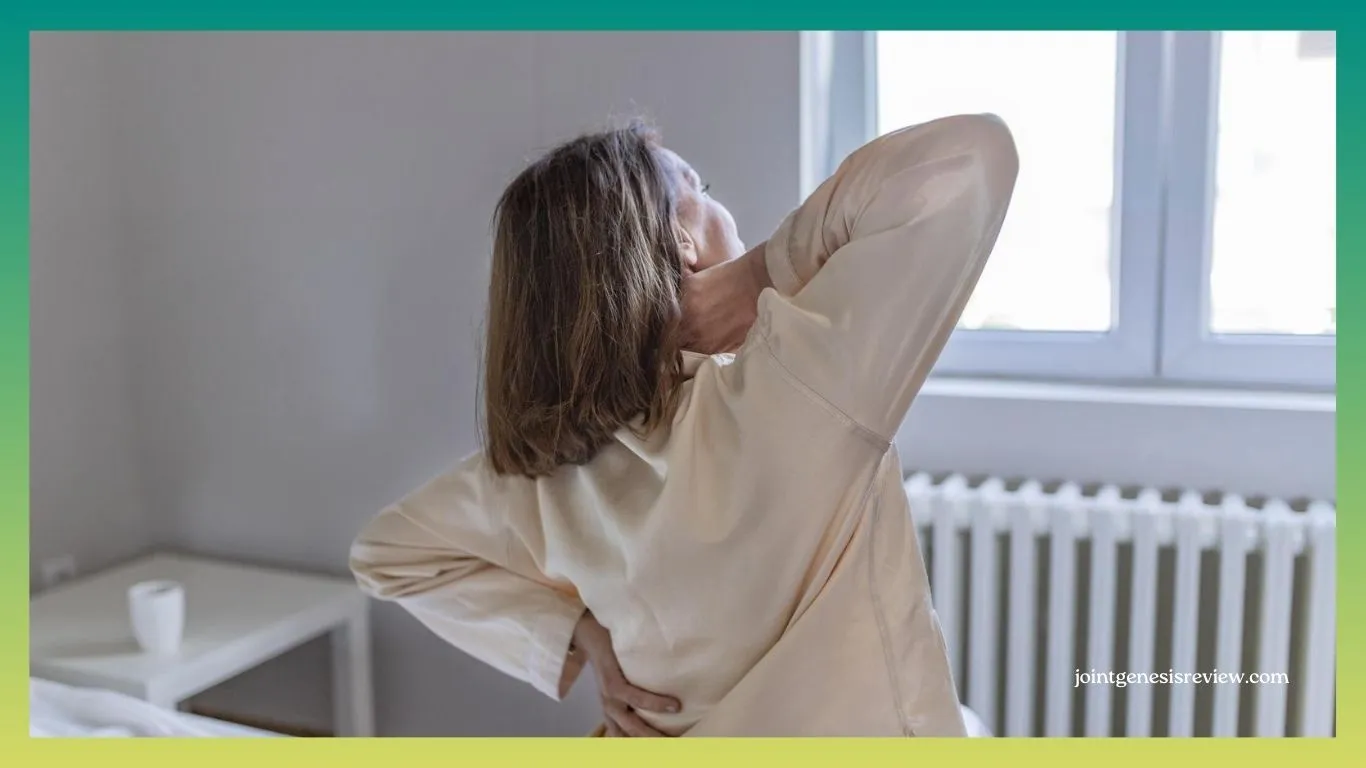Understanding Menopause Joint Pain: Causes, Symptoms, And Treatments
Menopause joint pain is a common symptom that many women experience due to hormonal changes, which can lead to discomfort, stiffness, and reduced mobility in various joints.

Disclaimer: This article has been generated with the assistance of AI tools. While our research team has fact-checked the content, readers should independently verify information for accuracy and reliability.
Menopause is a significant transition in a woman’s life, marking the end of her reproductive years. During this time, many women experience a variety of physical and emotional changes. One of the less-discussed symptoms is joint pain, sometimes referred to as “menopausal arthritis.” If you are approaching or going through menopause and experiencing joint discomfort, here’s what you need to know about menopause-related joint pain, its causes, and potential treatments.
What Causes Joint Pain During Menopause?
Joint pain during menopause can be attributed to several factors:

- Hormonal Changes: Estrogen, a hormone that decreases during menopause, plays a role in maintaining joint health. Its decline can lead to decreased lubrication in the joints, causing stiffness and discomfort.
- Aging and Wear and Tear: As women age, their joints naturally undergo wear and tear, which may exacerbate the impact of hormonal changes.
- Lifestyle Factors: According to the Cleveland Clinic, weight gain, reduced physical activity, and poor diet can all contribute to joint pain during menopause.
Common Symptoms of Menopausal Joint Pain
Menopausal joint pain often manifests as:
- Stiffness: Particularly in the morning or after a period of inactivity.
- Aching or Soreness: In joints such as the knees, hips, shoulders, or fingers.
- Swelling: Some women experience mild swelling in their joints.
- Limited Mobility: Due to discomfort, mobility may be limited.
How to Treat Menopausal Joint Pain
There are several approaches to managing joint pain during menopause:
- Exercise and Physical Activity: Regular exercise can help maintain joint flexibility, improve circulation, and reduce stiffness. Activities like yoga, swimming, or walking are low-impact options to consider.
- Healthy Diet and Weight Management: A balanced diet rich in fruits, vegetables, and whole grains can support joint health and weight management, reducing stress on the joints.
- Medications: Over-the-counter pain relievers like ibuprofen or paracetamol can help manage joint pain. If the pain is severe, consult your doctor for additional options.
- Alternative Therapies: Some women find relief from joint pain through acupuncture, massage therapy, or herbal supplements. Also can try some supplements like Joint Genesis, which is much safer as per the user testimonials. It’s essential to discuss these options with a healthcare provider to ensure safety and efficacy.
- Hormone Replacement Therapy (HRT): For some women, HRT may help alleviate joint pain by restoring hormone levels. However, it’s not suitable for everyone, so consult with a healthcare professional to determine if it’s right for you.
When to Seek Medical Help
If joint pain during menopause is severe or persistent, or if it’s accompanied by other unusual symptoms, it’s essential to seek medical advice. A healthcare provider can help determine the underlying cause of your joint pain and recommend appropriate treatment options.
Conclusion
Joint pain during menopause can be uncomfortable, but it’s usually manageable with lifestyle changes and medical interventions. Regular exercise, a healthy diet, and maintaining a healthy weight can go a long way in reducing joint pain. If you have concerns about your symptoms, don’t hesitate to seek medical advice to find the best course of action.
For more information on menopause and joint pain, check out these resources:
Alex Milan
Alex Milan is a licensed osteopath and acupuncturist based in United States. He graduated from the British School of Osteopathy in 2017, where he received extensive training in osteopathic techniques for treating musculoskeletal conditions. Alex is passionate about providing patients with holistic, drug-free pain relief and enabling people to live active, healthy lives. He utilizes osteopathic manipulative techniques along with acupuncture and lifestyle advice to address the root causes of pain and dysfunction in the body. With expertise in areas including sports injuries, back and neck pain, headaches, and repetitive strain injuries, Alex has helped numerous patients find relief from pain and return to their regular activities.
